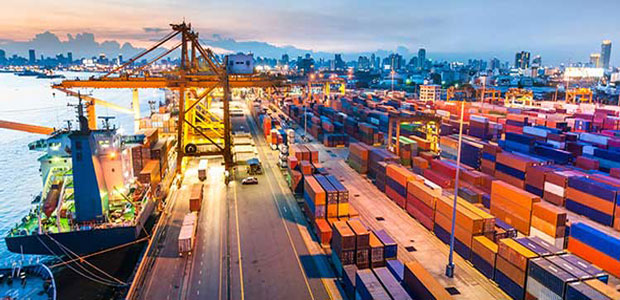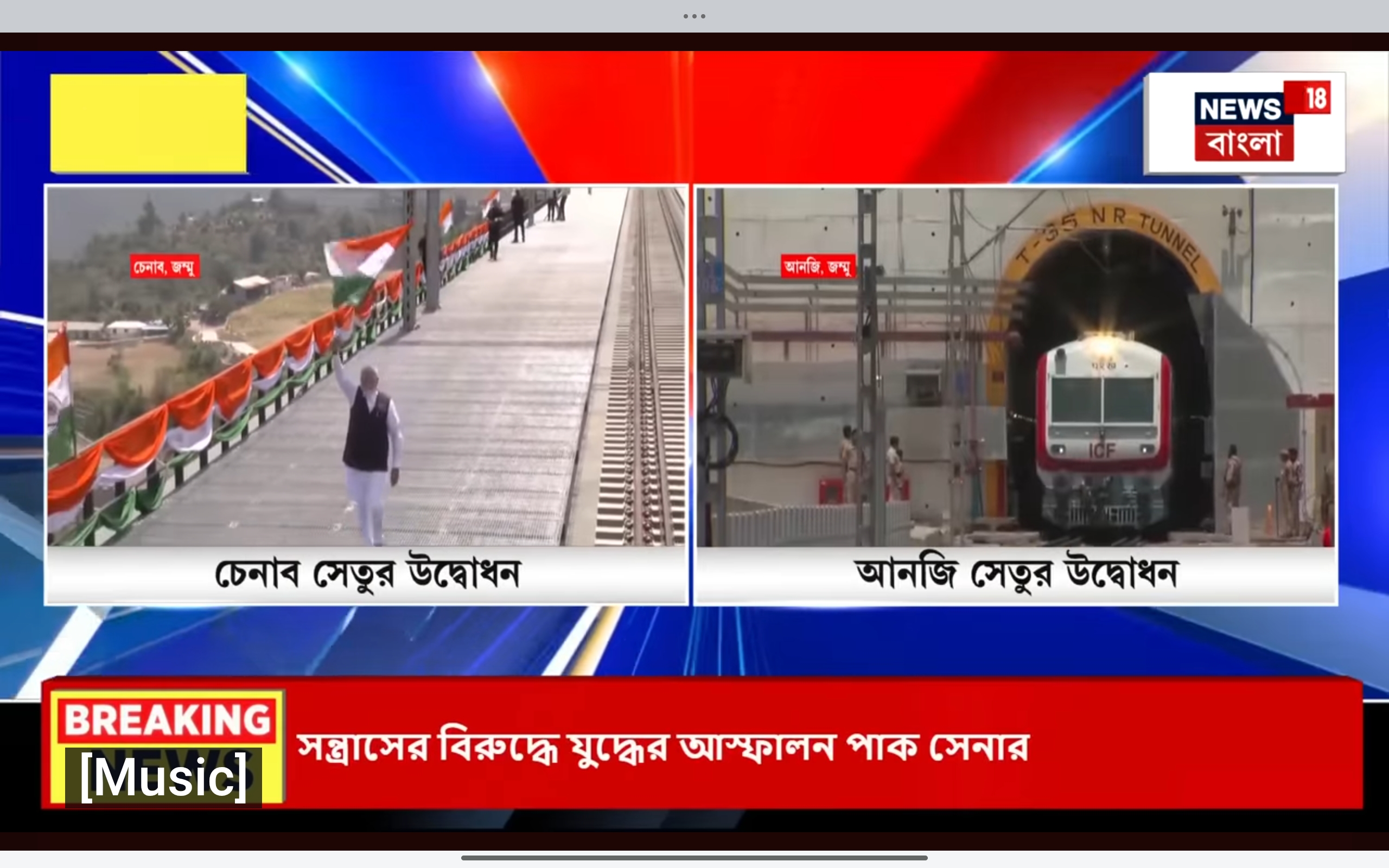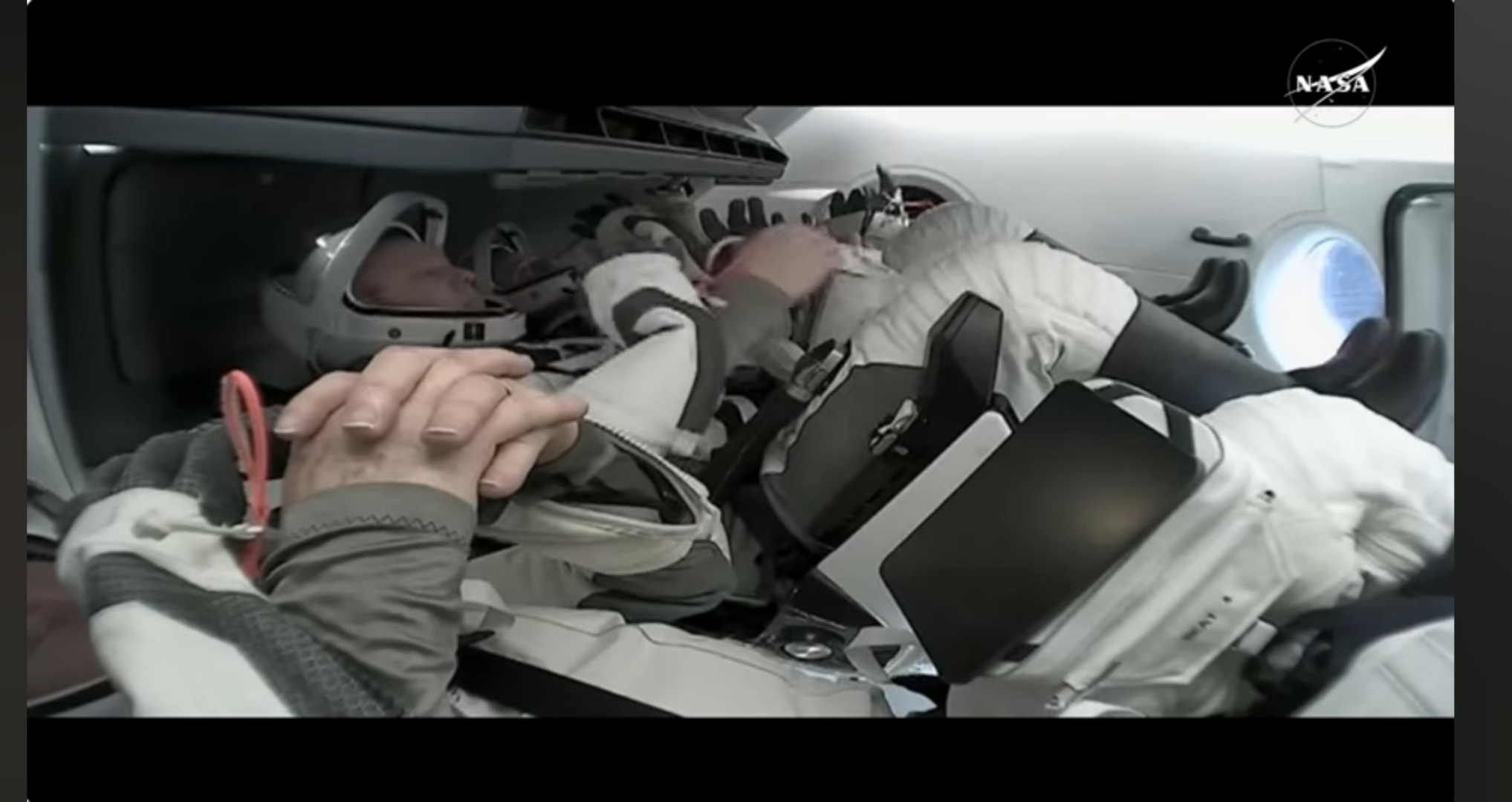Why your DeFi edge starts with smarter portfolio tracking and DEX aggregation

- আপডেট সময় : ১০:০৪:০০ পূর্বাহ্ন, বৃহস্পতিবার, ৭ অগাস্ট ২০২৫ ৩ বার পঠিত

Whoa! Seriously? There are still traders running blind, thinking a wallet balance and hope are the same as risk management. My instinct said that somethin’ was off the first time I logged into a live trade without a unified view—felt like driving at night with your high beams off. Initially I thought spreadsheets would cut it, but then I watched fees, slippage, and phantom liquidity eat a position in real time and changed my mind. Okay, so check this out—portfolio tracking, DEX aggregation, and trading-pair analysis are not separate tools; they’re the triage team for your capital. They tell you where things went wrong, and sometimes they prevent you from making the mistake in the first place.
Quick note: I’m biased toward tools that show you live depth and route options. (oh, and by the way…) If you trade DeFi seriously, you want a system that ties real-time prices to your portfolio so you can see unrealized slippage before you click confirm. Hmm… that sentence sounds obvious, but you’d be surprised how many folks still ignore it. This part bugs me because it’s very very important and often overlooked by retail traders who think DeFi is just a quick flip game.
Here’s the thing. A portfolio tracker without DEX-level granularity is only half the story. Your token balance says “you own X,” but not “what does that X actually buy right now, across AMMs and aggregators?” On one hand, price feeds might tell you the mid-market rate—though actually, when markets move fast, mid-market is a fairy tale. On the other hand, DEX aggregators and pair-depth analysis reveal execution reality: how much liquidity is available, how many pools you’ll hit, and where the best route sits. Initially I thought slippage could be predicted by simple volatility measures, but deeper analysis showed routing and pool fragmentation mattered more.
Let me walk you through an example that stuck with me. I was looking at a small-cap token with decent on-chain volume, and the on-chain order books showed a nice-looking price. I ran a mock swap from my tracker, then cross-checked with a DEX aggregator for routing options. The aggregator proposed a multi-hop path across three pools. I hesitated. My gut said, “this smells like sandbagged liquidity”—and my gut was right. I pulled back, saved what would have been a ~6% slippage, and reallocated to a nearby pair with deeper pools. Small decision. Big impact.

Where tracking meets aggregation: what really matters
Short answer: depth, routes, fees, and real-time exposure. Medium answer: consider how your portfolio tracker ingests DEX quotes and whether it shows route transparency. Long answer: imagine every time you press swap, you’re running a tiny stress test of the market—how much liquidity will you pull, what fees will you incur across pools, and how does that affect your overall portfolio composition and risk metrics? Initially I thought aggregators merely found the cheapest path. But after digging into routing algorithms and gas tradeoffs, I realized that the “cheapest” út can be context-dependent, depending on gas, pending mempool congestion, and your slippage tolerance.
So how do you actually bring this together? First, consolidate. Use a tracker that updates in near real-time and reflects executed prices, not just oracle snapshots. Second, integrate route-level analytics so you can see where a swap will source liquidity. Third, analyze your pairs for tail risk—how concentrated is liquidity, who are the largest LPs, and what happens to price if a single large order hits the pool? These questions are gritty and practical, and they separate thoughtful traders from speculators.
I’ll be honest: there isn’t a single “best” tool for every trader. But I do believe in going to the primary market sources and confirming routes yourself sometimes. Tools that aggregate across DEXs and expose route-level details let you compare execution outcomes before committing capital. One practical recommendation: try a mock execution flow (aka quote simulation) that returns both the quoted price and the projected post-execution balance effect on your portfolio. That saved my neck more than once.
Check this out—if you’re vetting a platform, look for these features: multi-protocol coverage, route transparency, slippage simulation, gas-aware quoting, and portfolio sync. Also, look for alerting: you want push or on-screen alerts when a pair’s liquidity drops below a threshold that would cause meaningful slippage. I’m biased toward interfaces that show pool depth visually; humans process visuals faster, and that split-second recognition can stop a bad trade.
Now—a slightly nerdy detour. The best DEX aggregators run routing algorithms that balance two things: minimizing price impact and minimizing gas. That’s a constrained optimization problem. Some optimizers favor fewer hops to reduce gas, while others slice trades across many pools to shave price impact but pay more gas. On-chain conditions flip the balance in seconds. So you need a tracker that re-evaluates routes at every quote and surfaces the trade-off in plain language. Initially I thought a single indicator (like expected slippage) would be enough, but actually you want a small dashboard: estimated slippage, gas cost, best route breakdown, and post-trade portfolio exposure.
Something felt off about the “lowest price only” mentality. Trades executed cheaply on paper can still wreck a portfolio if they change your exposure to correlated risks. For instance, swapping USDC for a volatile token might look cheap, but if the pool is thin, you could be stuck with a position that tanks when an LP withdraws. Traders need to think beyond the immediate P/L and consider fragility and exit scenarios. That kind of thinking is what keeps professional desks up at night—and what should, frankly, keep you up for a minute too.
Okay, practical checklist for building a workflow that actually helps you trade smarter:
- Use a portfolio tracker that syncs wallets and shows executed prices, not just token counts.
- Prefer aggregators that display explicit route breakdowns and pool addresses.
- Simulate trades with varying sizes to understand slippage curves.
- Monitor liquidity concentration and watch for single LPs that can exit quickly.
- Set alerts for pair liquidity and sudden divergences between aggregator quotes and oracle prices.
At this point you might ask — where do I start? If you want a practical jump-off, I often point people to platforms that combine on-chain depth with user-friendly routing insights, like the dexscreener official site app, because they expose pair-level data in a format that feels like a trader’s cockpit. It’s not the only option, but it’s a solid launchpad—especially if you want to see routes and depth fast.
One more anecdote: I once ignored a tiny red flag in a pair’s depth chart—four pools, one of them holding 70% of visible liquidity. I traded. Within 30 minutes, an LP pulled funds and the price gap widened. I lost more than I was comfortable admitting. That experience taught me a brutal lesson: confirmation bias will make you ignore red flags, and your tools need to shout louder than your ego. So set conservative thresholds. Automate what you can. And practice small, simulated trades until the process becomes muscle memory.
Common questions traders actually ask
How often should a portfolio tracker sync on-chain?
Frequent syncing is best—ideally near real-time for active traders. If your tracker updates infrequently, you’ll be viewing stale executions and missed slippage. Honestly, under heavy market moves, even minute-old data can be misleading.
Are aggregators always better than single-DEX routing?
Not always. Aggregators often find the best price considering multiple pools, but they can also route through many small pools, increasing gas and counterparty exposure. Check the route breakdown—sometimes the single deepest pool is the safer play.
What size trade should I simulate before executing?
Start with increments: simulate 1%, 5%, and 10% of liquidity depth in a pool to see slippage curves. That gives you a sense of nonlinear price impact and helps you plan order sizing or split strategies.












